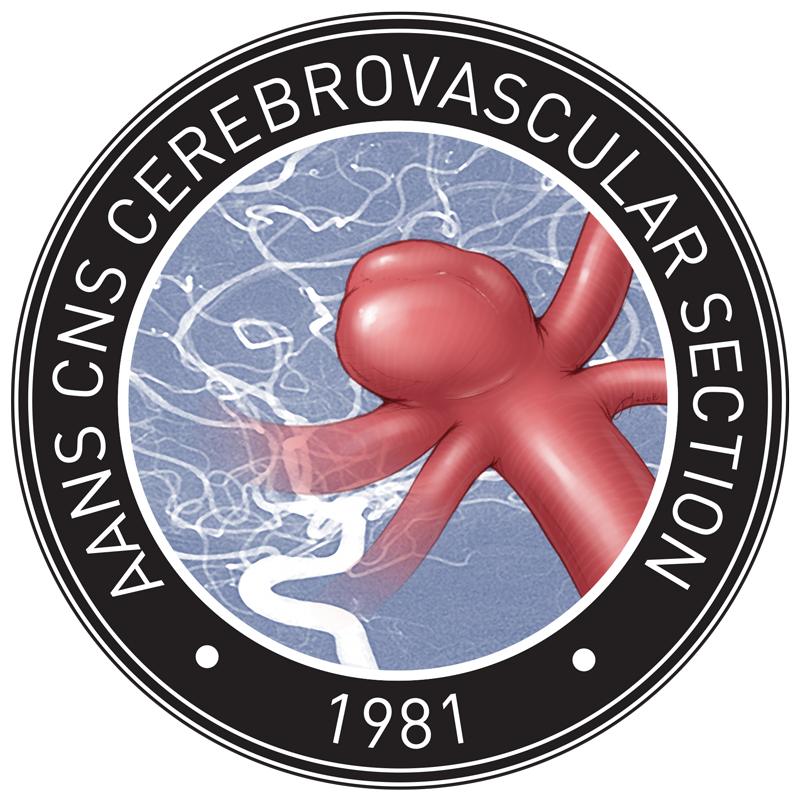Intracranial Aneurysm Parameters for Predicting a Future Subarachnoid Hemorrhage: A Long-Term Follow-up Study.

Many retrospectives studies have suggested that morphologic features of aneurysms may represent a risk factor for subarachnoid hemorrhage(SAH). This prospective aneurysm cohort analysis includes 142 patients with 182 unruptured intracranial aneurysms(UIAs) with 3064 years of follow up.
During the follow up period, significant risk factors for future aneurysm rupture by univariable analysis include current smoking, alcohol consumption, volume, aspect ratio maximum, the bottleneck factor and VOR. Maximal diameter failed to reach significance as a continuous variable for risk of future rupture. Multivariable analysis demonstrated independent risk factors for aneurysm rupture included current smoking, location in AcommA and aneurysm volume. Since most of the ruptured aneurysms were small size (median diameter 4mm), UIA indices were poor predictors for future rupture when treated as categorical variables. Only UIA volume of 63 mm or more was an independent risk factor for SAH. During the follow up period the estimated annual growth rate for UIA was 0.31 +- 0.86 mm. There was rate of aneurysm growth was higher in the rupture intracranial aneurysm group compared to the UIA group. Current smokers exhibited higher UIA growth rates during follow up when compared to non-smokers or ex-smokers. Aneurysm growth rates did not correlate significantly with baseline UIA indices or any risk factor other than smoking.
In summary, baseline measurements of aneurysm volume, bottleneck factor and VOR are continuous variables, and the max aneurysm diameter (>=7mm) as a categorical variable, are independent risk factors for future UIA rupture. Other factors for rupture include smoking, age and ACommA. Growth of an aneurysm is likely associated with aneurysm rupture. The multiple morphological UIA parameters presently discussed do no seem to offer much benefit when estimated the long-term risk of UIA rupture and when performed after rupture, they cannot be used in prediction models.
